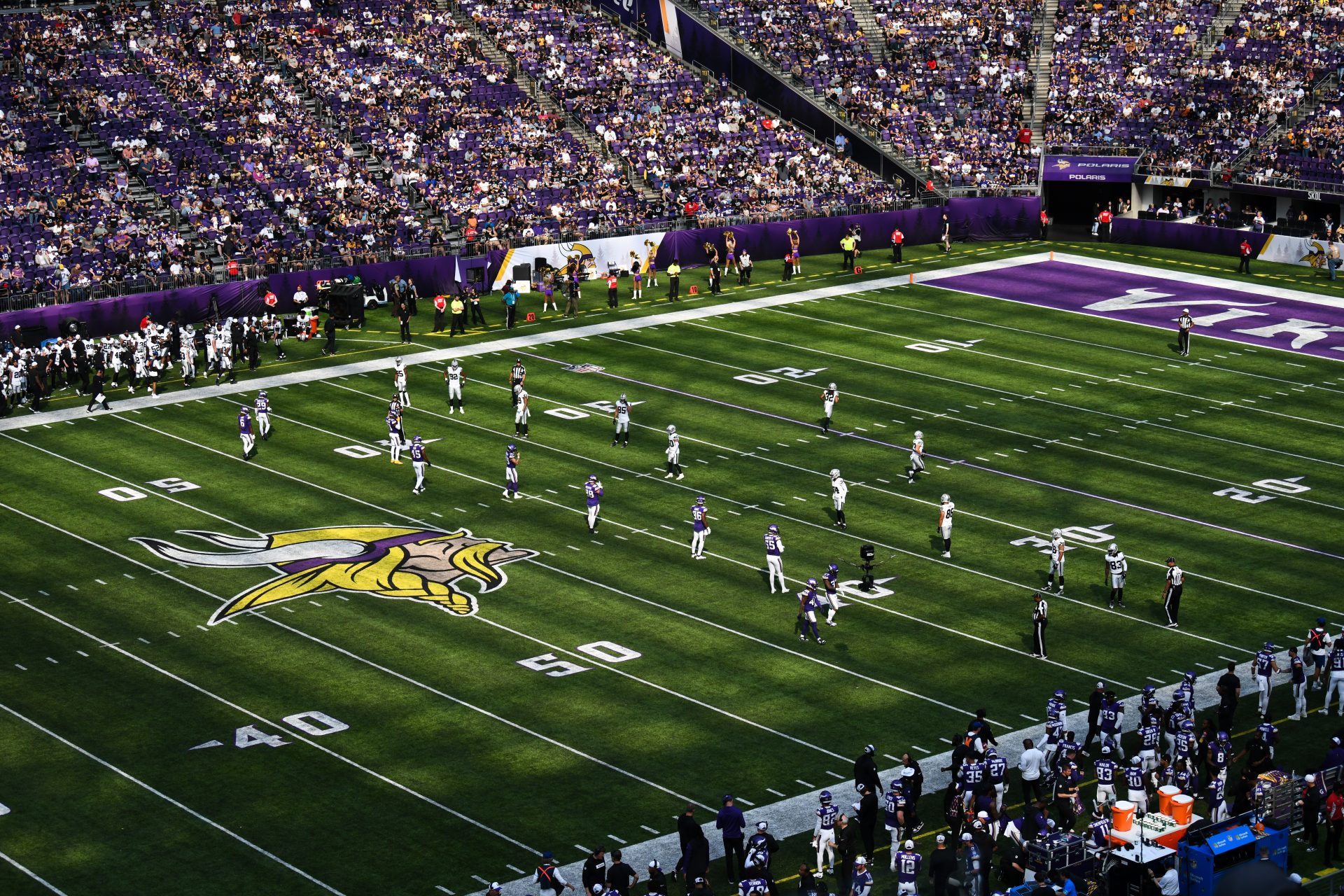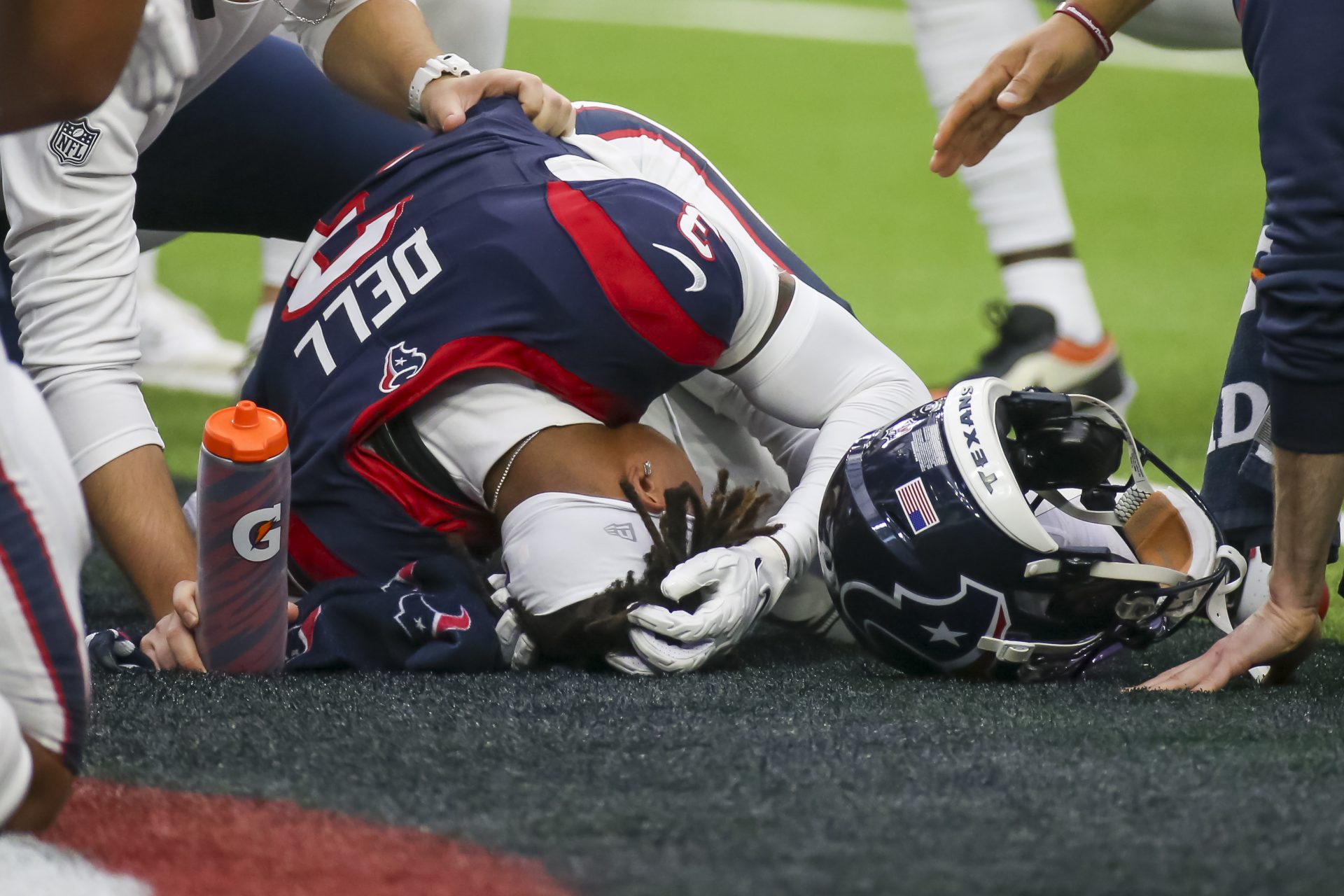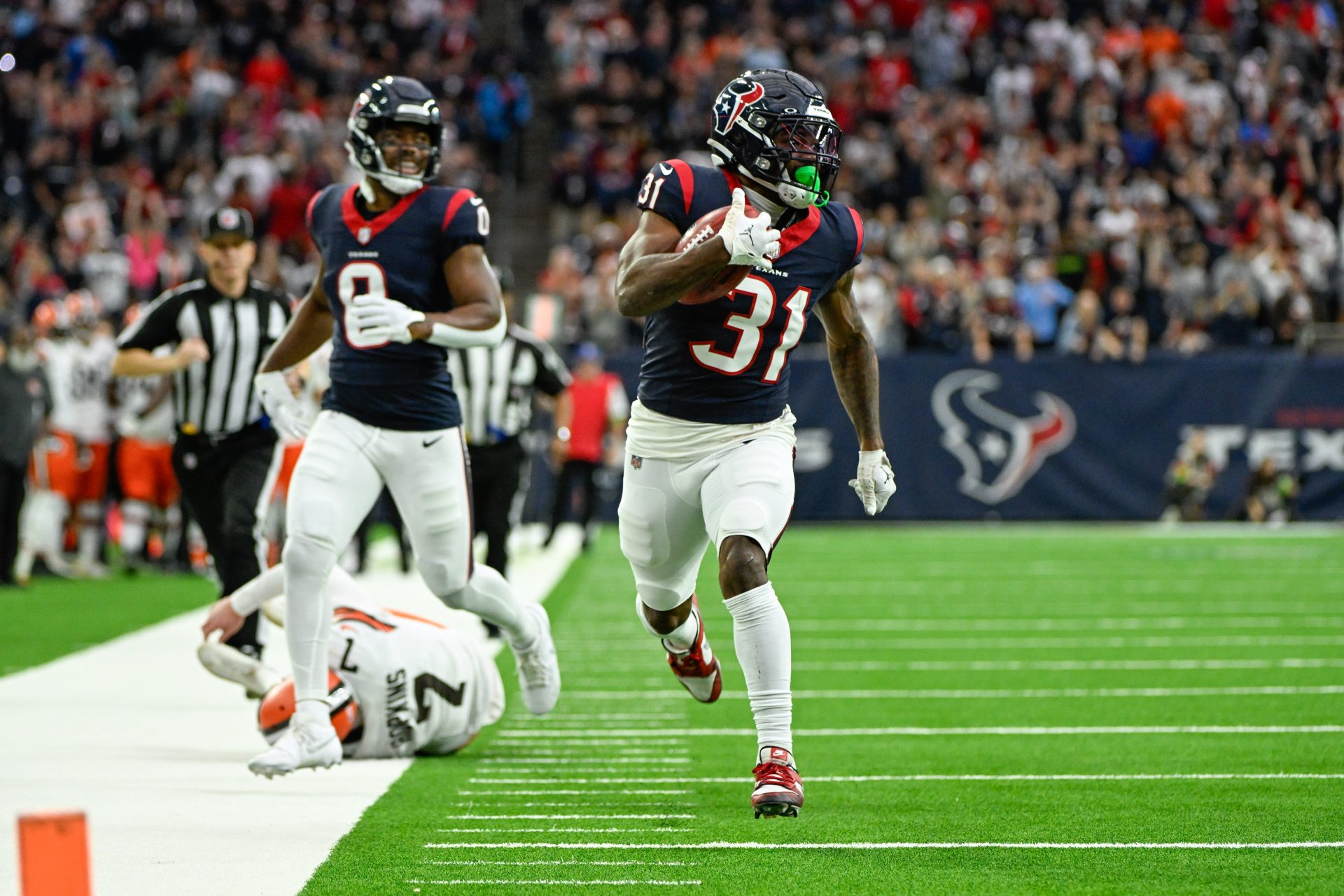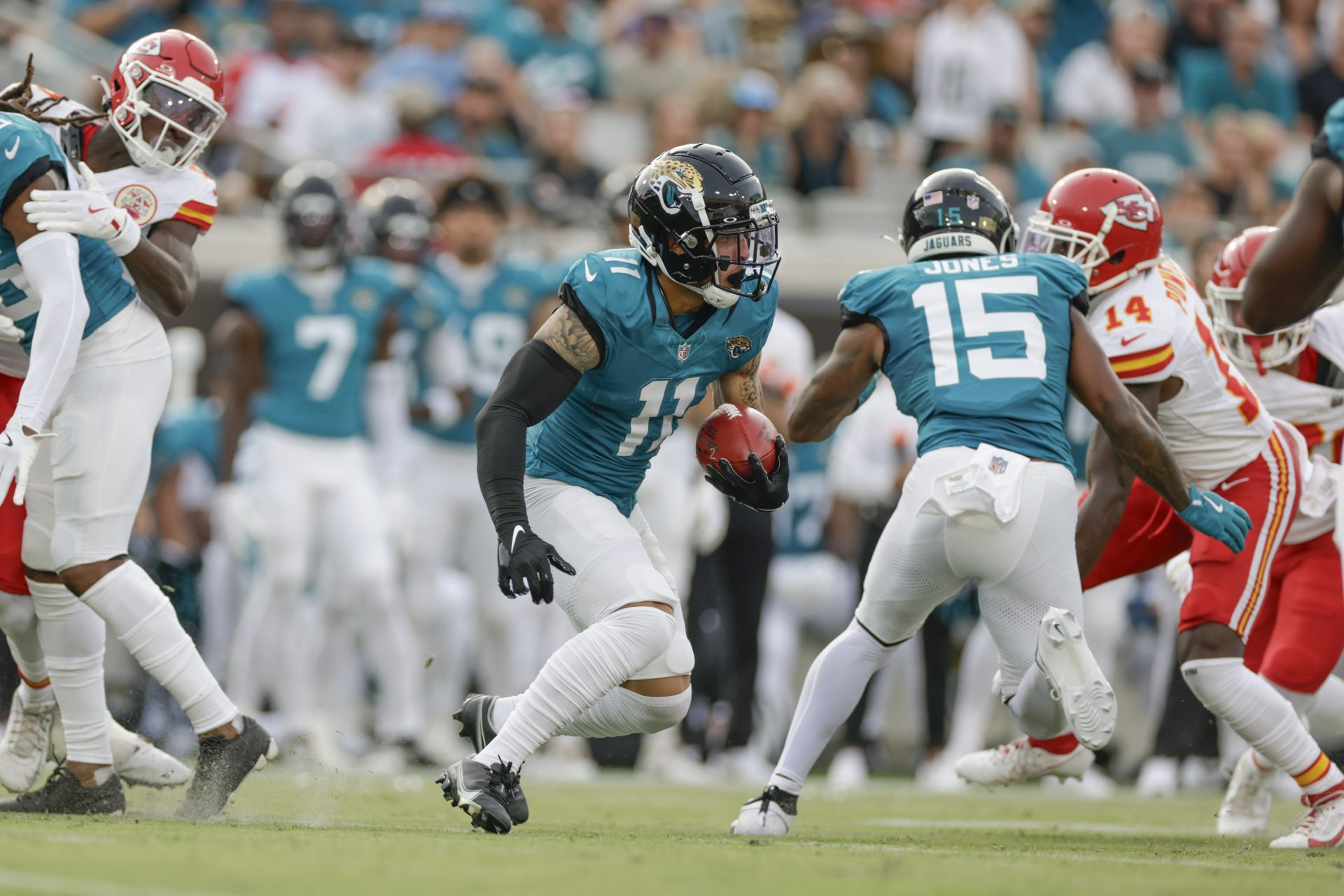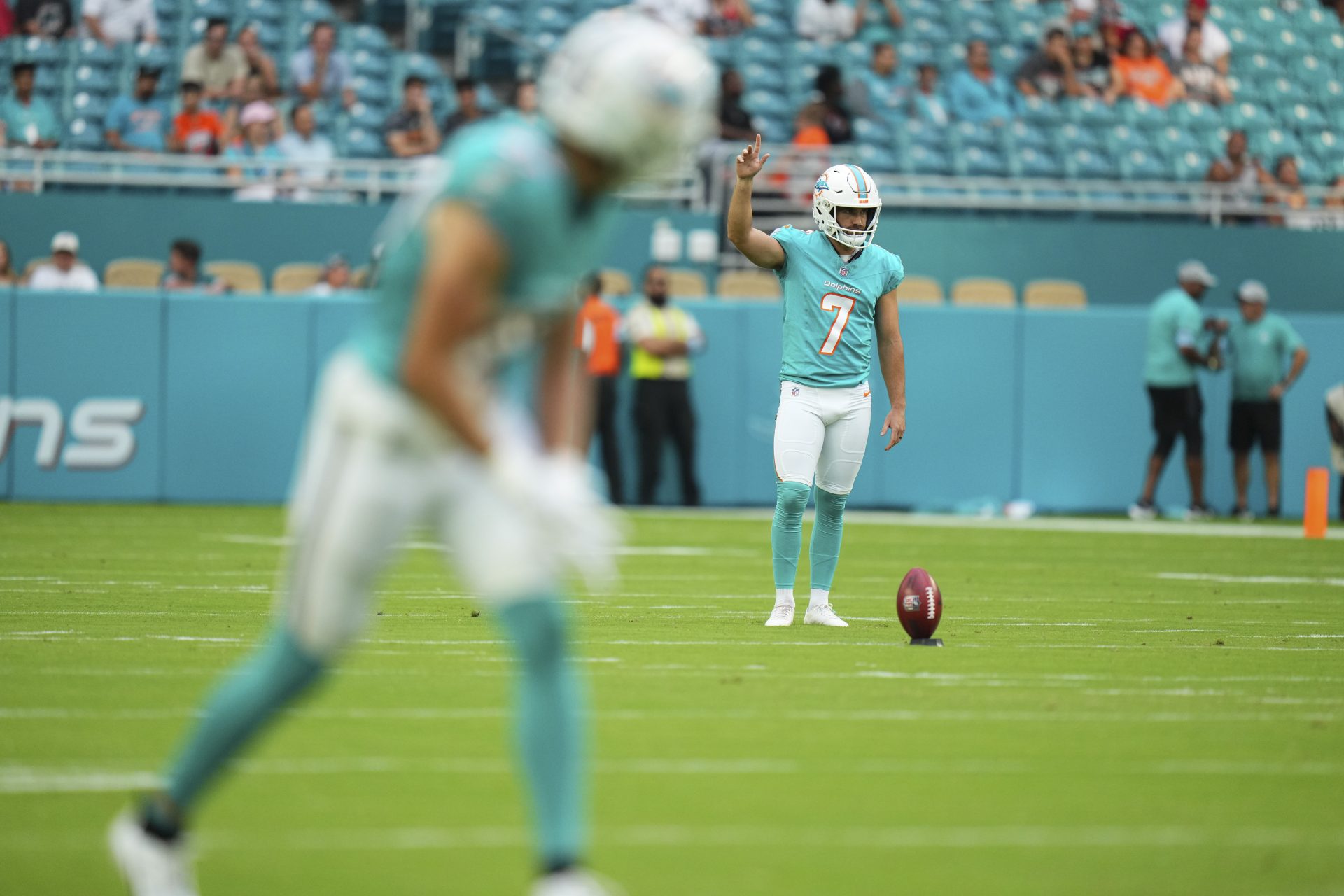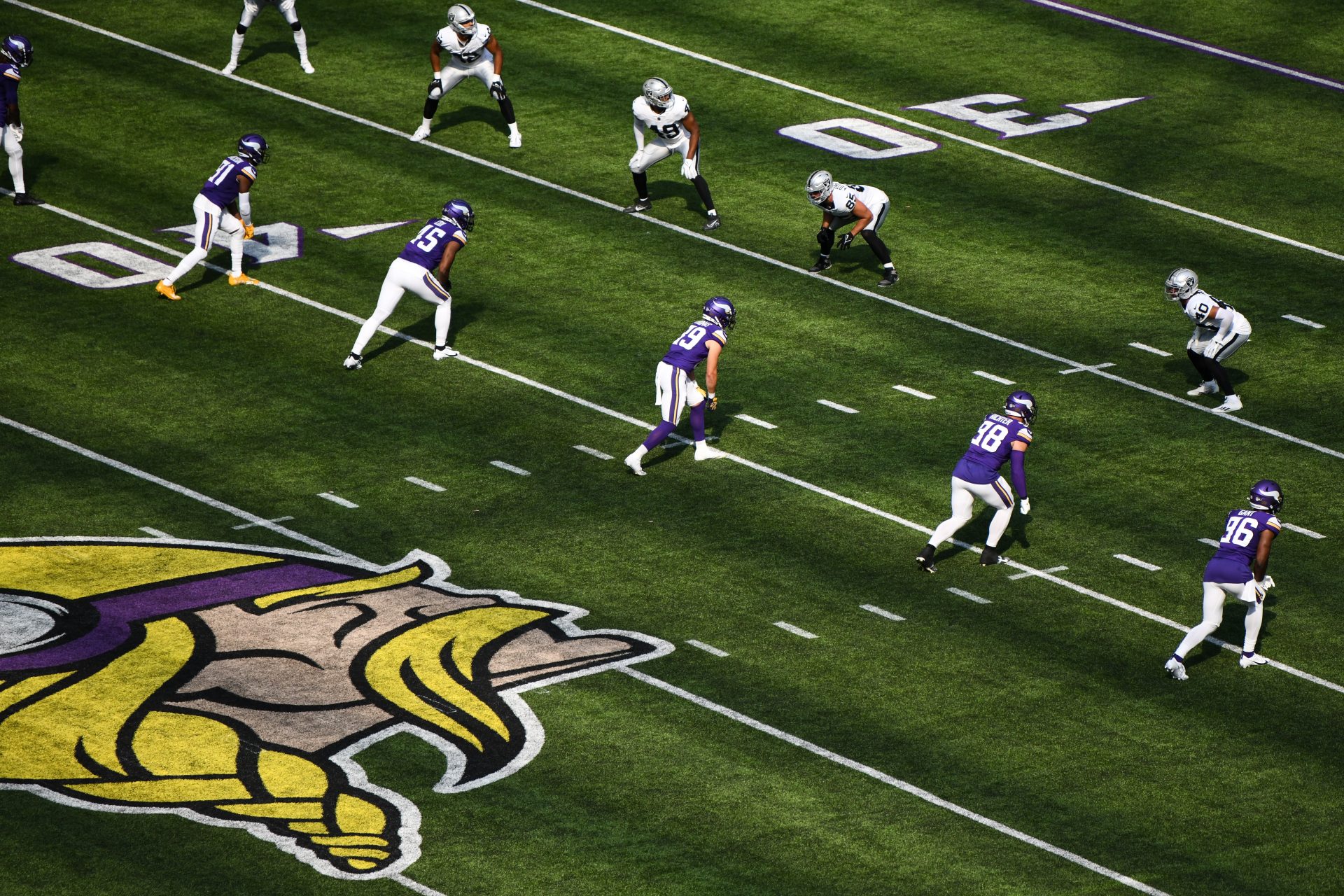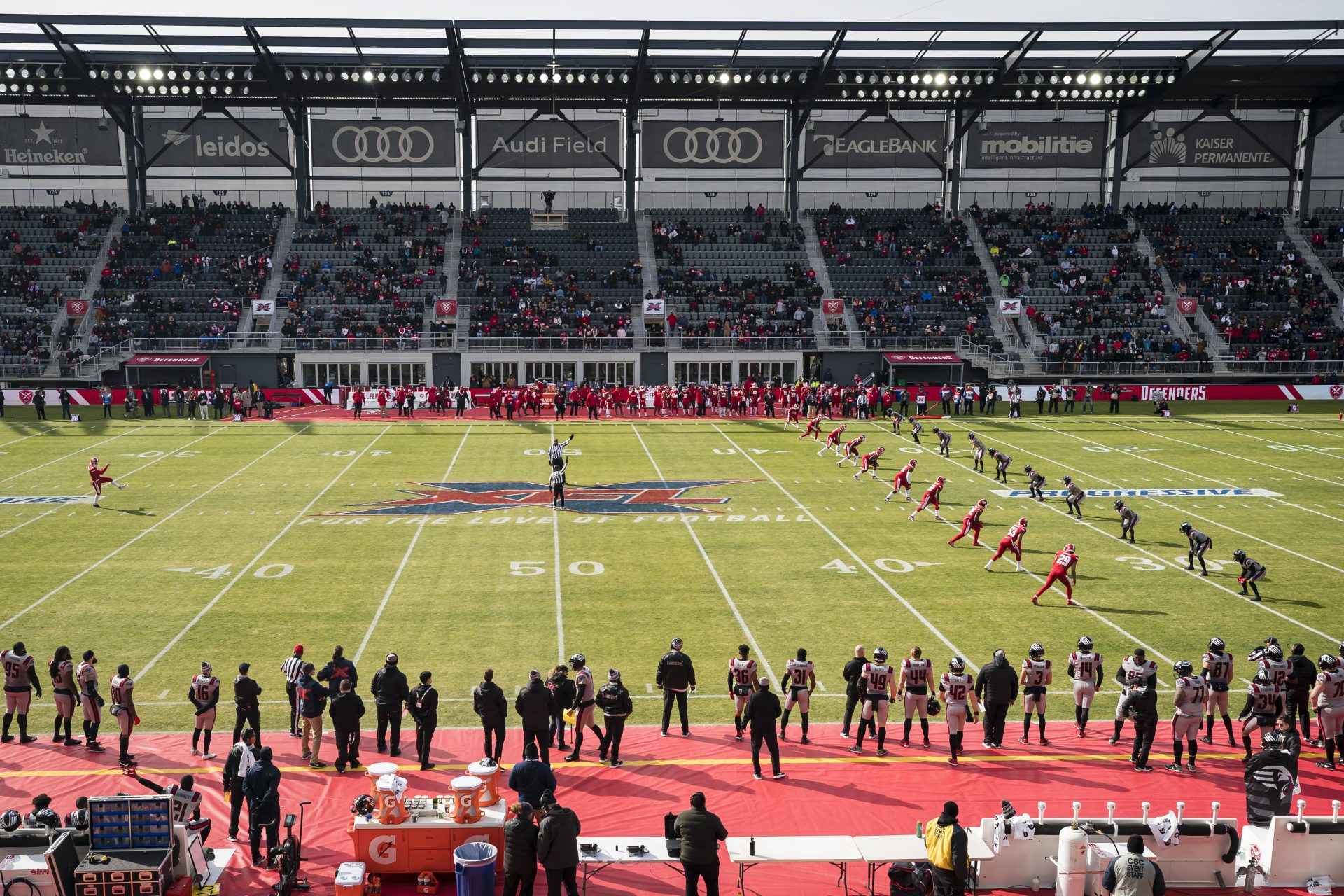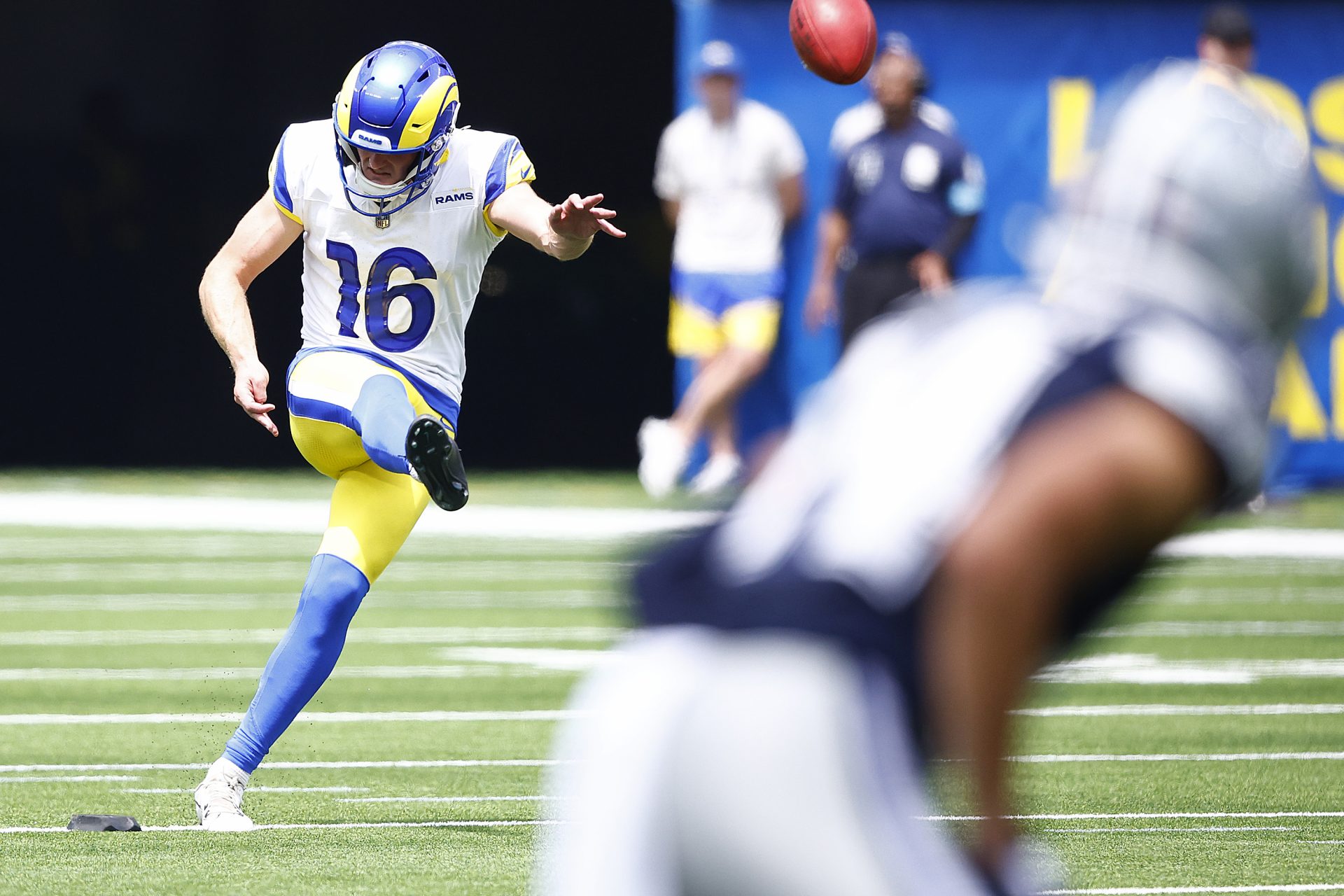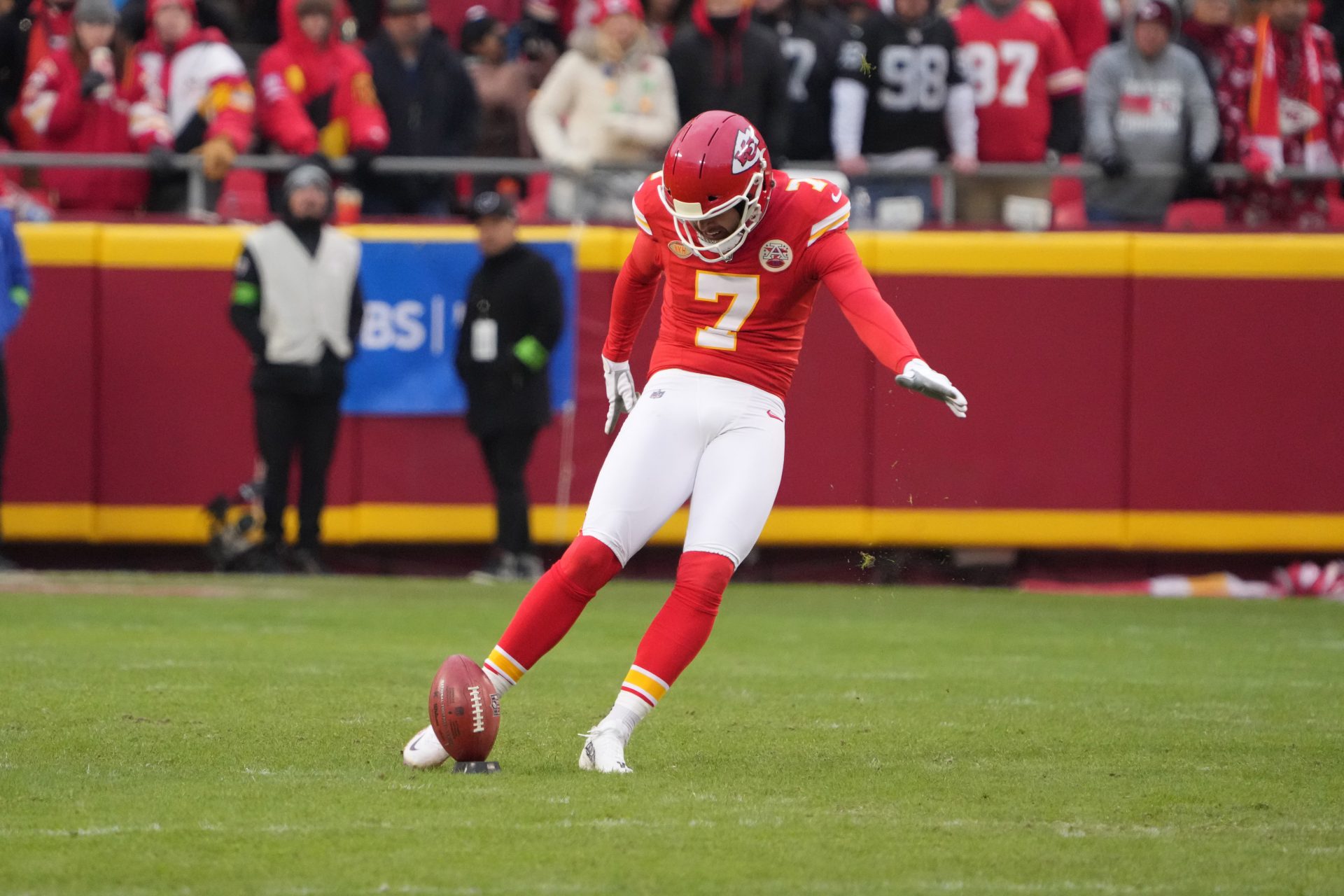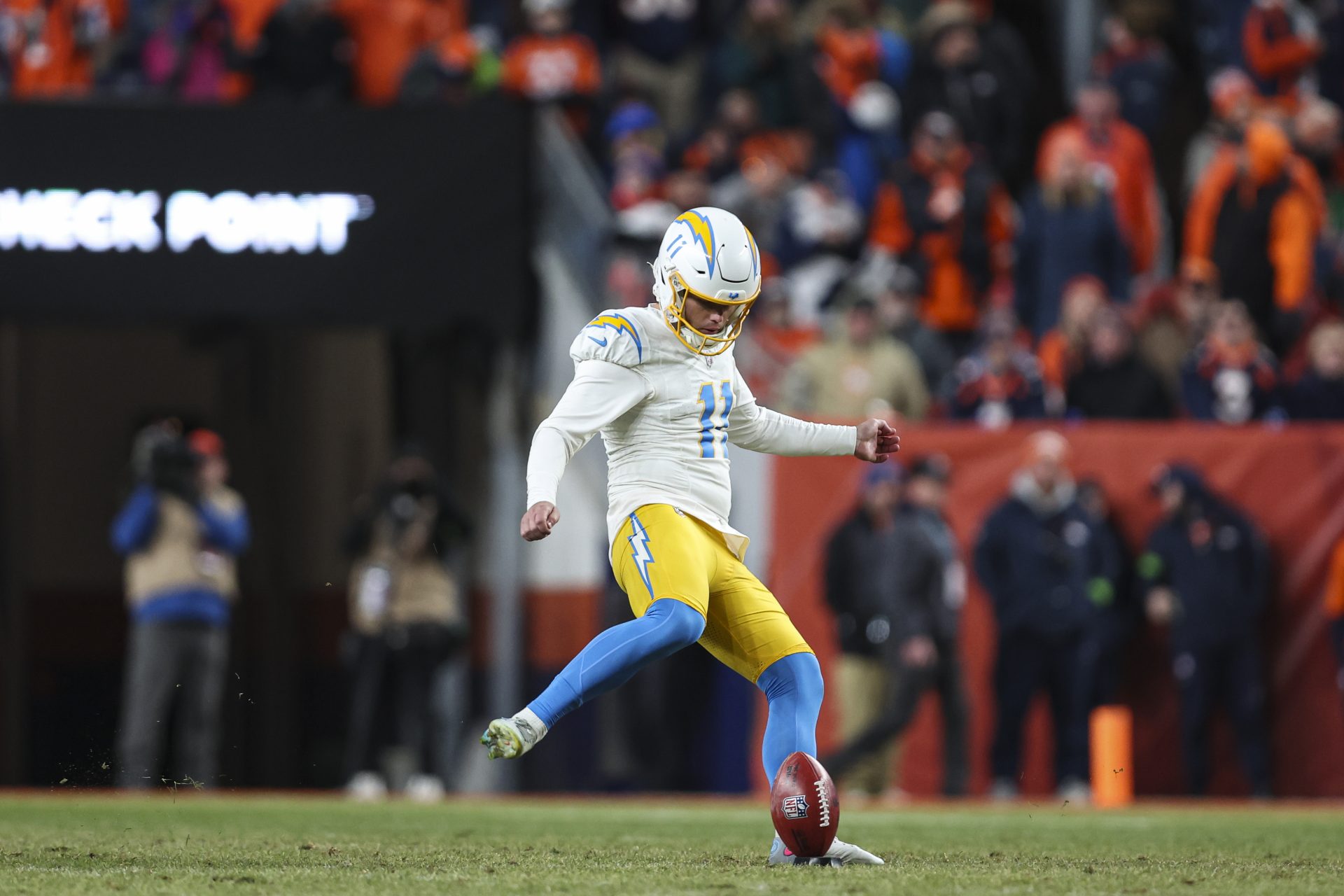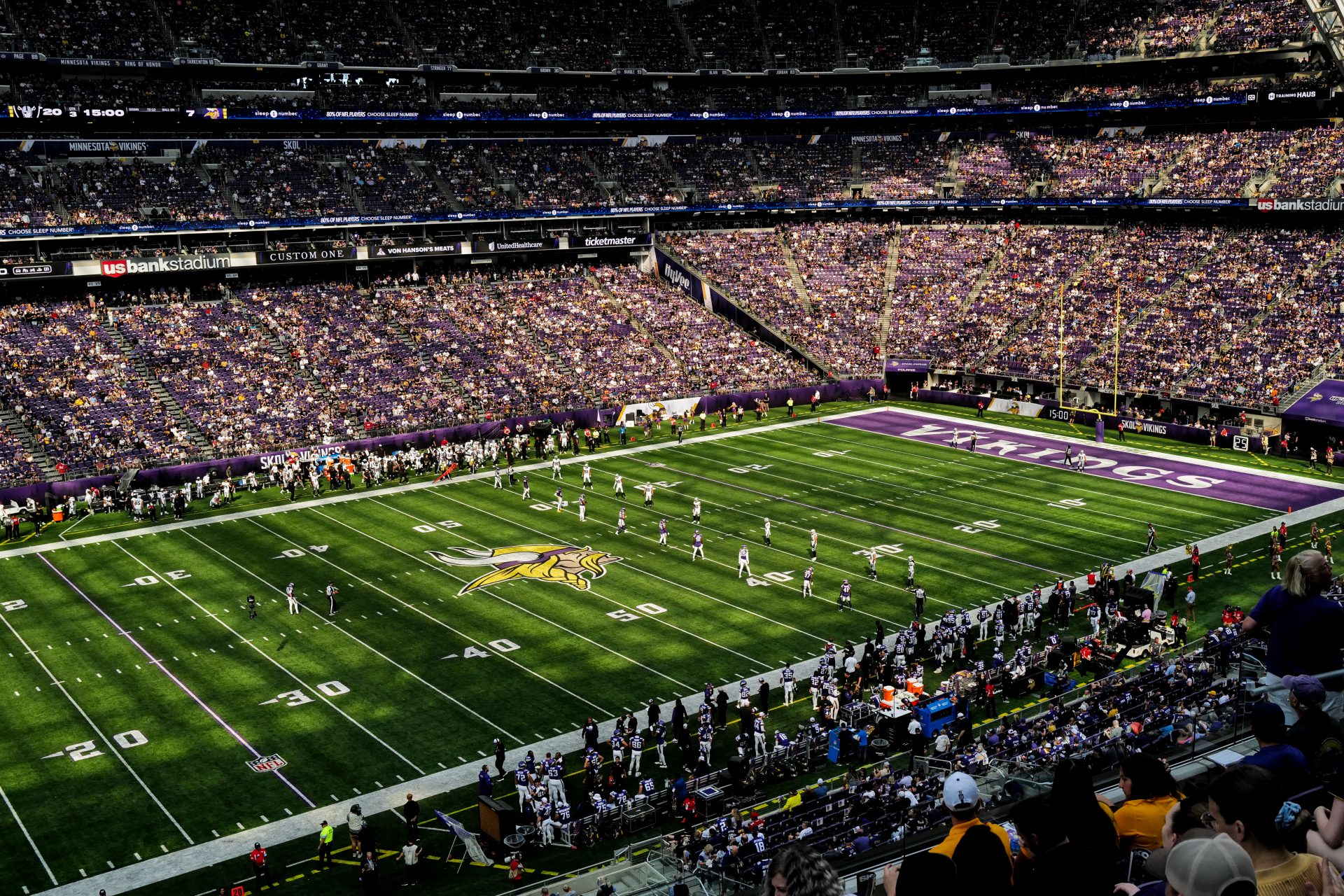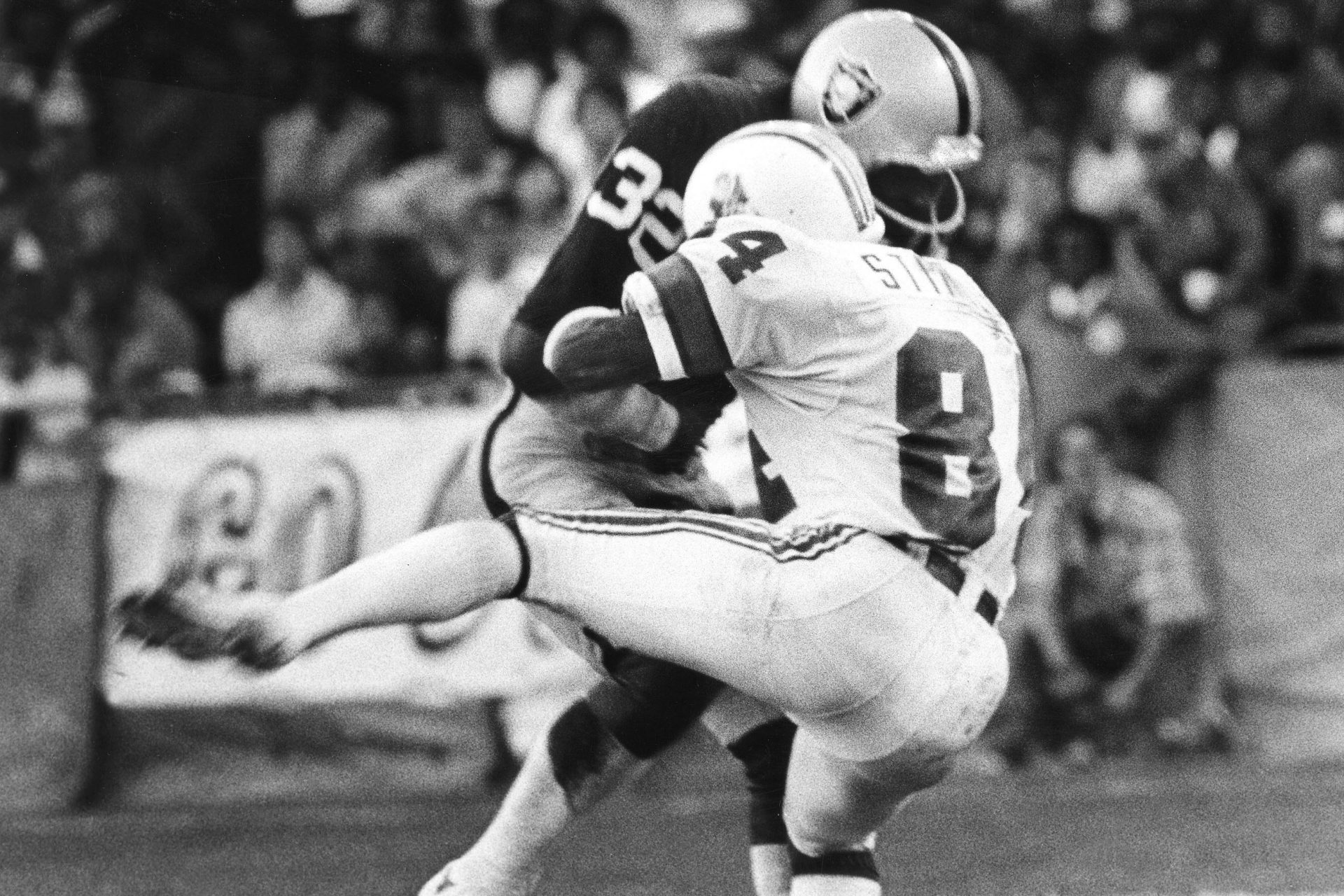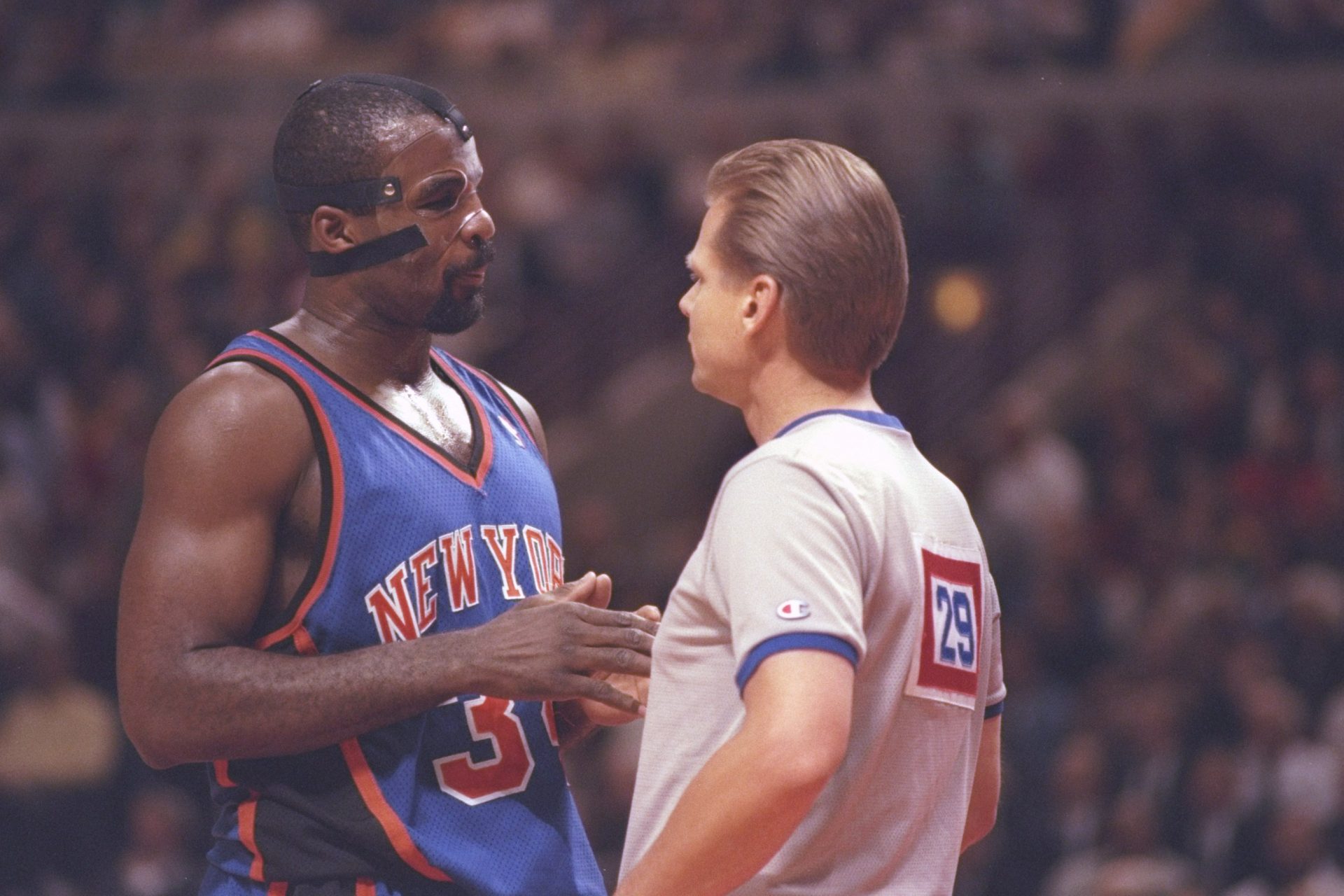NFL's new kickoff rules that will change the game forever
…Literally. The NFL has introduced a new kickoff rule for the 2024 season, a change that some of you may have seen if you’ve been watching any preseason action. But what’s the rationale behind the change, and how does it work?
The NFL has changed the rule due to the, “unacceptable injury rate on kickoffs,” in previous seasons and 2023 seeing the fewest returns in NFL history with teams choosing to kick the ball out of the back of the endzone for a touchback rather than risk a return.
In the NFL’s announcement of the rule change, they cite two reasons for the change: “Resemble a typical scrimmage play by aligning players on both teams closer together and restricting movement to reduce space and speed,” and, “Promote more returns.”
Want to see more like this? Follow us here for daily sports news, profiles and analysis!
Per CBS Sports, the rule proposal was a 9.5 page document outlining in great detail every minute change to the rule, so we’ll try to break it down as simply as possibly by outlining the biggest changes.
In the old version of the kickoff rule, the kicking team would line up in line with the ball and run downfield once the ball had been kicked. Now, the kicker is alone, with the ball placed on the 35-yard line.
That leaves the rest of the coverage unit to line up on the receiving team’s 40-yard line, where they must remain until the receiver touches the ball. This, in theory, should significantly reduce the speed with which the coverage unit can reach when attempting to take on blocks or make tackles.
The receiving team must have at least seven players with their foot on their own 35-yard line, others can line up between the 30 and the 35-yard markers, otherwise known as the “set-up zone”. Most teams will use two returners in an attempt to cover more ground. If they choose to only use one, the extra man must start within the set-up zone.
The key change which should encourage returns is the so-called “landing zone,” the area from the receiving team’s goal line to the 20-yard line. For any return to take place, the ball must land in that area. Image shows an XFL kickoff, which is the basis for the NFL rule change.
If the ball lands in the landing zone, no one on either side of the ball is allowed to move until the returner has caught the ball, or touches the ground. Either of those instances makes the ball live.
To discourage teams from aiming to kick touchbacks, the ball will now start at the receiving team’s 30-yard line if the ball is kicked out of the endzone. If the ball bounces first, and then rolls through the end zone, the touchback will be from the 20, in an effort to encourage returns.
These rule changes have also affected onside kicks, with teams now only allowed to attempt one in the fourth quarter if they are trailing. They also must announce they are attempting an onside kick, removing any element of surprise.
So far, through one week of preseason, it has been difficult to see what, if any, significant changes will come from the new rules, but given most teams will be holding back from using any new tricks or specifically designed plays, it’s difficult to know. Saints head coach sums it up best, “There's nobody that knows what this kickoff is going to look like,” per ESPN.
Want to see more like this? Follow us here for daily sports news, profiles and analysis!
More for you
Top Stories



